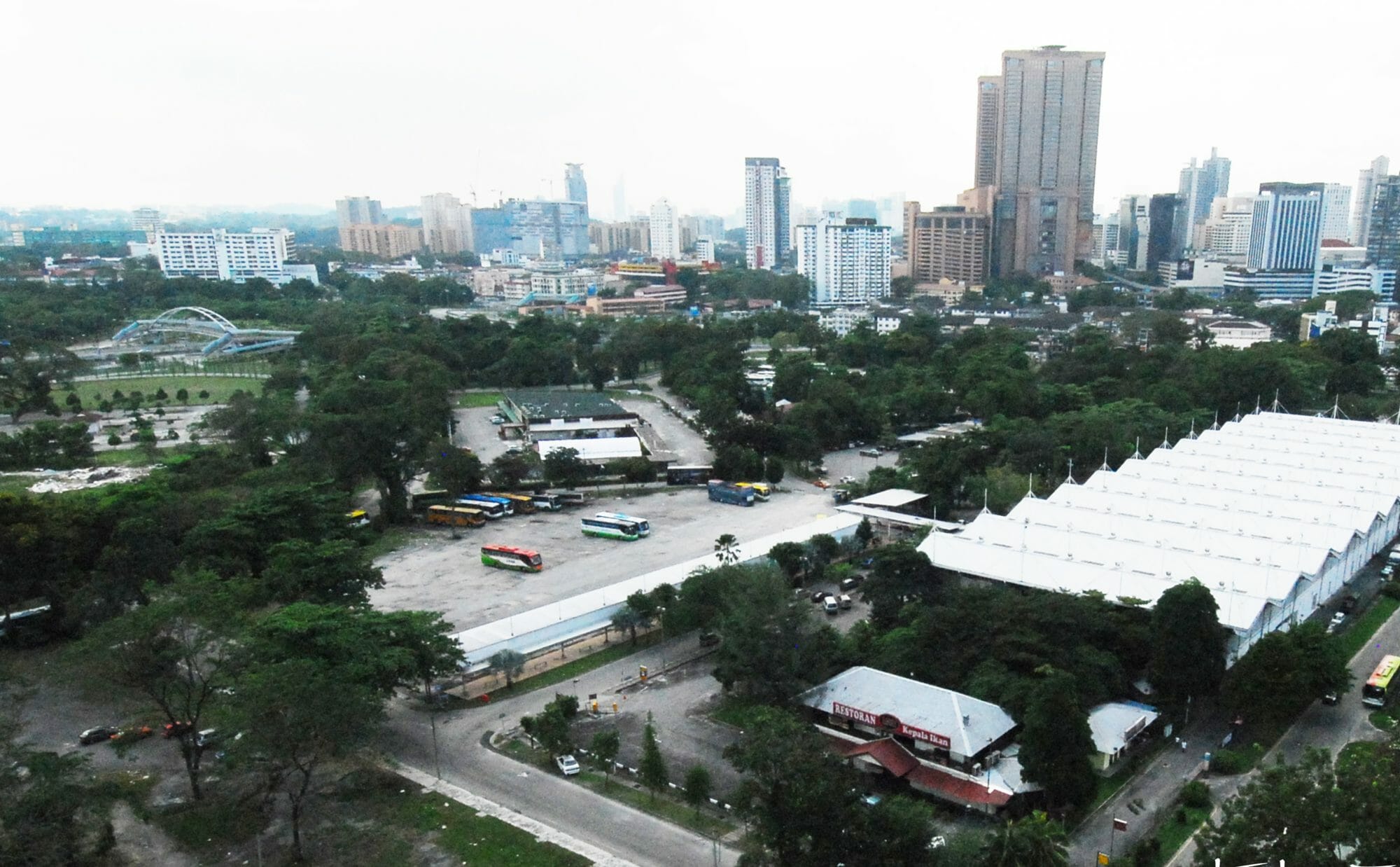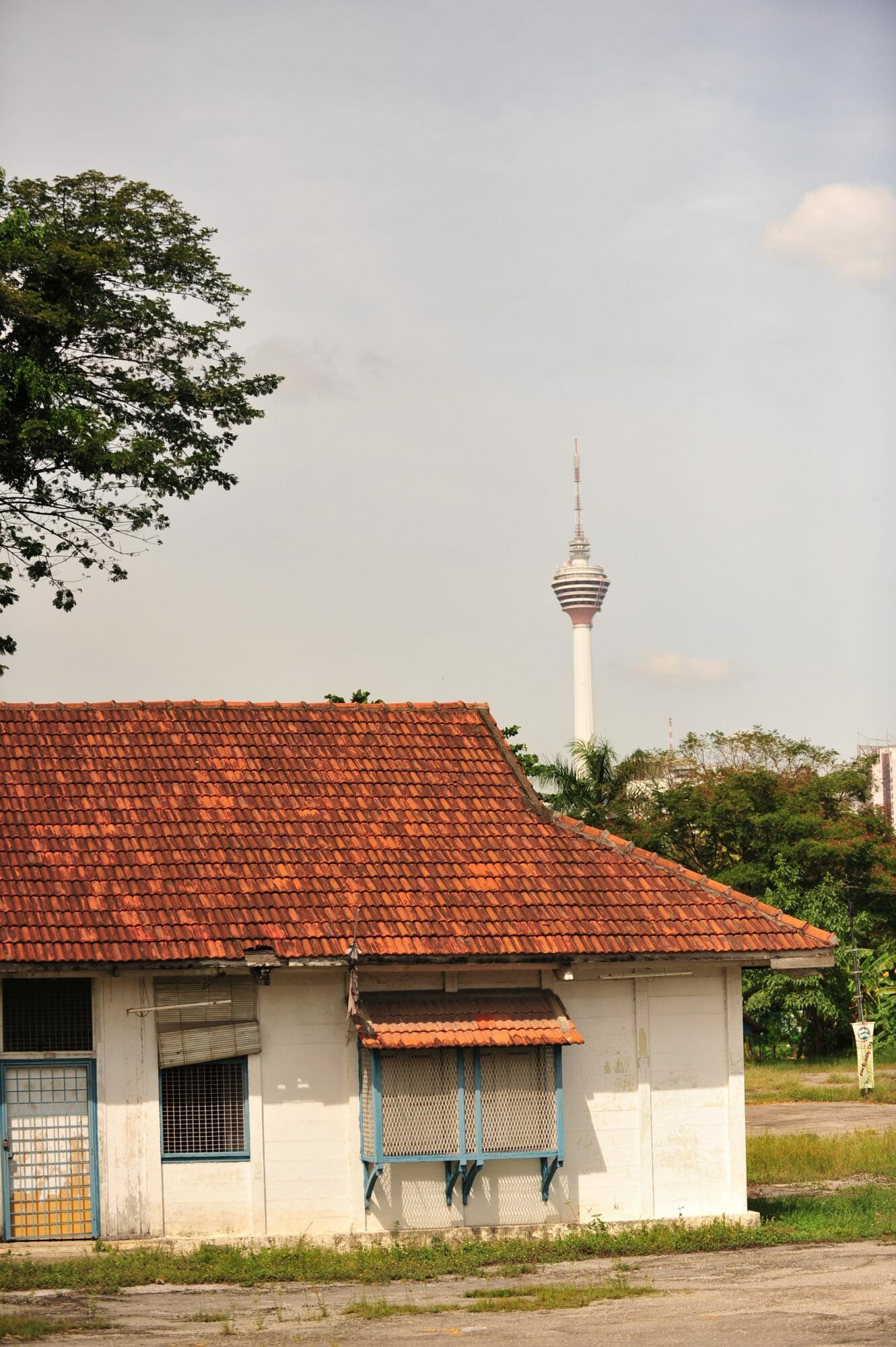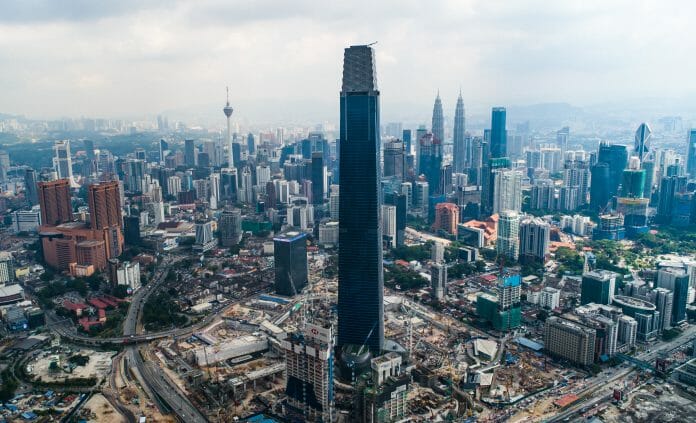Malaysia, Asia’s melting pot, has traditionally been at the centre of everything in the region. From the food culture that has become uniquely imbued with flavour and colour; our music and fashion; and even our people. Malaysia stands as a beacon of hope and a tastemaker for many economically, politically, artistically, and culturally.
First time visitors to Kuala Lumpur usually agree on one thing: it is nothing like they expected. To these visitors, it is a city with many facets and even more surprises, a city of many modern, shiny skyscrapers that fill the skyline, all set against the backdrop of kampung houses, traditional shoplots, and the thousands of little touches that showcases a city as comfortable in its modern sheath as it is with its ancient roots.
And towering above all of them are the iconic ambassadors known the world over, the Petronas Twin Towers, next to the more modest yet no less interesting, KL Tower. This year, a third pillar to inspire awe – and to encourage Instagrammable moments – rises as the country marks a new energy, ambition and direction towards innovation – the gleaming edifice that is, Exchange 106.
Exchange 106 at Tun Razak Exchange promises to define the city’s changing skyline, while putting Kuala Lumpur on the world map yet again. Having created job opportunities for thousands of people during and after construction, it has been the subject of much discussion the world over, as a demonstration of architectural skills, construction excellence, and an interior that sets a new international standard in quality finishes and amenities.
But more than just an amazing building, Exchange 106 is a link to Kuala Lumpur’s, or KL as it’s affectionately known, historical roots. It represents a unique retelling of the significance of the city’s early township and structures, most of which were built in the early 20th century coinciding with the tin mining boom, in an area that was once known as “Pak Luk Kan”.

So what does Exchange 106 have to do with this?
Well, the story goes back to the early days of Jalan Imbi predating the construction of Jalan Sultan Ismail. The area between Jalan Imbi and Jalan Davis was dotted with many bungalows that flourished and were collectively a well-known landmark among the KL community known as “Pak Luk Kan”. To begin with, the name “Pak Luk Kan”, which literally translates into “Land of the 106 Bungalows” or “106 Buah Rumah Banglo” was part of the architecture blending local and colonial styles that can be found in our country, which has become a part of our national identity.

Pak Luk Kan contributed to the rich heritage of different cultures in the area around Jalan Imbi. Originally known as Imby Road in English, Jalan Imbi was named after Sergeant Imby Seedin in 1905, as his home was considered a unique landmark to Kuala Lumpur.
Mulia Property Development Sdn Bhd, the developer of Exchange 106, was quite taken by the history of the area, and found a way to connect to it by referencing the 106 bungalows. Drawing on the historic references of the land, it took the original idea of Pak Luk Kan and modernised it. From 106 bungalows that adorned a single area, it transformed the spirit of the neighborhood by taking it to the skies.
Now 106 glorious floors of gleaming ambition were free to welcome innovators, dreamers, builders and artists to a new age of KL – much like the original Pak Lun Kan had driven the civil service residents of its time.
“How befitting that Pak Luk Kan is now ‘Pak Luk Lau’ (106 floors), and the area that used to house the leading public service members of Kuala Lumpur will now house the leading corporate citizens of Malaysia,” commented Christine Yeap, Head of Marketing of Mulia.
The new Heart of Kuala Lumpur
The Pak Luk Kan area and now Exchange 106, is located in the heart of the Tun Razak Exchange development in the city’s Golden Triangle area, being famously distinguished as Malaysia’s main attraction with world-class amenities that are bordered by Jalan Bukit Bintang, Jalan Sultan Ismail and Jalan Imbi.
With the arrival of this megastructure, it will change the way most complex infrastructure projects of the future will be delivered. For one, the development offers excellent public transport connectivity by way of its accessibility for its tenants with access to major roads and highways just a stone’s throw away.
This building is designed with sustainable technology that is acknowledged under the Green Building Index (GBI). Its sustainable boast the latest in-building technology including high performance insulated glass, energy efficient MEP systems, 100 percent LED lighting and state-of-the-art lift technology; plus the adoption of landscaped greenery and effective recycling management. These unique characteristics alone makes Exchange 106 an architectural gem that will inspire and become the benchmark for future tall structures in the country and region.
“Exchange 106, it is truly amazing for the development of this paradigmatic structure located in Jalan Imbi that pays homage to the “106 Bungalows, “says Mulia’s Chief Executive Director, Dato’ W H Lai.
“In time to come, I believe Exchange 106 will be as fondly nicknamed as Pak Luk Lau, as popularised by the Pak Luk Kan of yesteryears.









